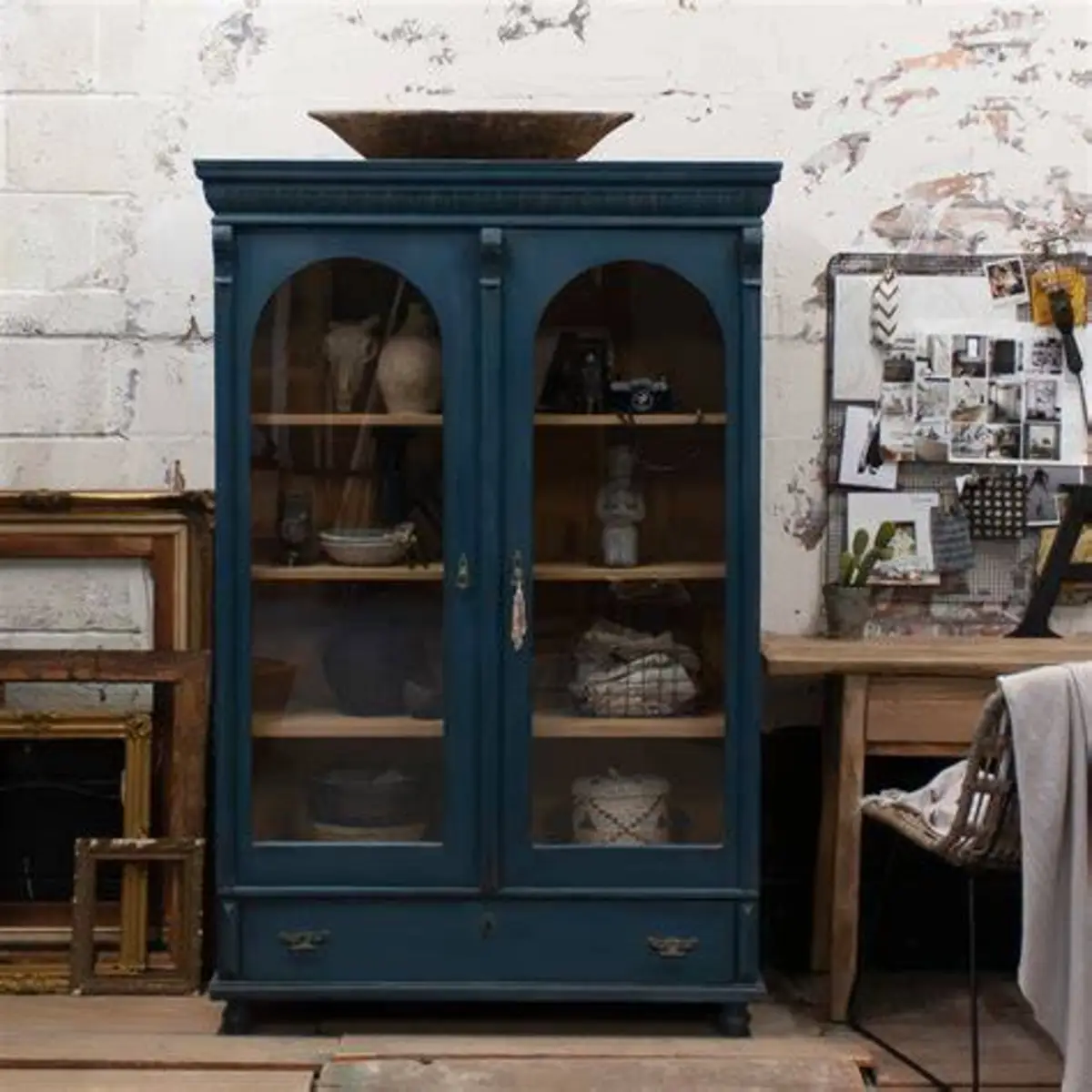Cabinets are often the heart of a kitchen or bathroom, and one of the simplest ways to refresh them without a complete remodel is through paint. Vintage painted cabinets, in particular, have gained popularity among homeowners, designers, and builders for their ability to combine timeless character with practical functionality. Whether you’re working on a renovation project, staging a property, or simply updating your own home, painted vintage-style cabinetry can transform a space with relatively modest effort and cost.
Why Vintage Painted Cabinets Appeal
Vintage painted cabinets bring more than just color to a room. They convey a feeling of heritage, artistry, and coziness that factory-made finishes usually miss. The charm lies in the imperfections—distressed edges, muted tones, and classic detailing that suggest the cabinetry has been cared for and lived with over decades.
For builders and remodelers, this style offers versatility. Vintage finishes complement both traditional and modern homes, serving as a bridge between eras. A set of distressed white cabinets, for example, works as well in a farmhouse kitchen as it does in a sleek loft that needs a touch of softness.
Choosing the Right Paint and Finish
When aiming for a vintage look, the choice of paint and finish matters as much as the color itself.
Chalk paint: A popular choice for vintage cabinets because of its matte finish and ease of distressing. Chalk paint requires minimal surface prep and creates a soft, powdery look.
- Milk paint: Known for its naturally aged appearance, milk paint chips and fades over time in a way that mimics true antique finishes.
- Latex paint with glaze: For builders seeking durability without losing charm, latex paired with a glaze can produce a vintage effect while withstanding daily wear and tear.
Finishing touches such as waxes or sealants protect the surface while adding depth. For example, applying dark wax can accentuate grooves and trim, deepening the appearance of antiquity.
Techniques for Achieving a Vintage Look
A professional finish requires more than simply brushing on paint. Here are several techniques widely used in the trade:
- Distressing: Lightly sanding edges and corners after painting reveals layers beneath, mimicking natural wear.
- Dry brushing: Applying small amounts of contrasting paint with a nearly dry brush adds dimension and highlights detailing.
- Color layering: Using two or more complementary paint colors creates a sense of depth. For example, a pale base coat under a muted green topcoat can be sanded back to show variation.
- Antiquing glaze: Brushing on a tinted glaze and wiping it back accentuates wood grain and profiles, making cabinets appear older.
Craftsmen frequently blend these techniques to customize the finish in harmony with the home’s design.
Popular Color Palettes
Color choice can make or break a vintage cabinet project. While pure white remains a classic, many homeowners are embracing warmer and more nuanced tones:
- Soft creams and ivories for a traditional farmhouse appeal.
- Muted greens and blues for a relaxed, coastal aesthetic.
- Warm grays and taupes for a neutral yet timeless finish.
- Dusty pastels for an understated vintage charm.
The key is to avoid overly bright or glossy finishes, which can undermine the aged character.
Hardware and Details Matter
Paint is only part of the equation. Hardware selection plays a critical role in completing the look. Consider:
- Cup pulls and bin handles in oil-rubbed bronze or brushed nickel.
- Glass knobs for a classic, turn-of-the-century detail.
- Aged brass or antique pewter for subtle sophistication.
Even hinges, latches, and decorative moldings can reinforce the vintage feel. For professionals, these small choices often deliver the biggest impact.
Practical Considerations for Builders and Homeowners
While vintage painted cabinets are beautiful, durability and maintenance should not be overlooked.
Surface preparation: Adequate sanding, thorough cleaning, and correct priming are crucial for durability and strong bonding.
Protective finishes: Topcoats—whether polyurethane, lacquer, or wax—help cabinets withstand daily use.
Touch-ups: Vintage finishes often age gracefully, but builders should provide homeowners with guidance on simple touch-ups to keep cabinets looking intentional rather than neglected.
For new builds or remodels, offering painted vintage cabinets as part of a design package can set a project apart, adding both charm and resale value.
Conclusion
Vintage painted cabinets are more than a design trend; they’re a practical and enduring way to bring warmth, character, and individuality into kitchens and bathrooms. With the right paint, techniques, and hardware, builders and homeowners can achieve a look that feels timeless yet fresh. For professionals in the home and building industries, mastering these finishes provides an edge in delivering projects that stand out.
More info visit, toko pvc board


